When the two leaders affirmed: "Institutional breakthrough is the breakthrough of breakthroughs", the business community and Vietnamese people "burst" with confidence in a business and living environment that promises to become the most favorable and good in the world .
That confidence was expressed in the press, in discussions and especially at the National Conference last weekend, where the General Secretary affirmed the four resolutions the Party had just issued as the "four pillars" to help the country take off.
The institution here is the current legal system, which is increasingly confusing, complex, difficult to comply with and creates very expensive compliance costs for people and businesses.
From 'strategic breakthrough' to 'breakthrough of breakthroughs'
Since the 11th Congress in 2011, institutional weaknesses have been identified as one of three strategic bottlenecks, along with infrastructure and human resources. Institutional breakthroughs are one of three strategic breakthroughs that have been put forward as a priority throughout many congresses since then.
The XIII Congress documents identify institutional reform as a continuing “strategic breakthrough”: Synchronously perfecting development institutions, first of all, institutions for developing a socialist-oriented market economy ; innovating national governance towards modernity, competition, and efficiency; focusing on prioritizing the synchronous, high-quality completion and good implementation of the legal system, mechanisms, and policies; creating a favorable, healthy, and fair investment and business environment for all economic sectors; promoting innovation; mobilizing, managing, and effectively using all resources for development, especially land, finance, and public-private partnership; promoting decentralization and delegation of authority reasonably and effectively, while strengthening inspection, supervision, and control of power through the legal system.
However, the very progressive policies and orientations on institution building as above "have not been timely and fully institutionalized", as General Secretary To Lam affirmed.
Since then, we have been struggling to fix institutional errors with measures such as special resolutions, one law amending many laws, abbreviated laws, annual resolutions on reforming the business environment, etc., but have not yet solved institutional bottlenecks. Many laws have to be revised many times.
For example, to overcome bottlenecks created by the legal system itself, the National Assembly had to issue specific resolutions for 10 localities, including Hanoi, Hai Phong, Thanh Hoa, Nghe An, Hue, Da Nang, Khanh Hoa, Buon Ma Thuot, Ho Chi Minh City and Can Tho.

"The current innovation and reform process is an objective requirement of development, an "order for the future of the nation". Photo: Nguyen Hue
At the National Assembly session in May 2022, Prime Minister Pham Minh Chinh announced: "All 10 provinces requesting the mechanism cannot be called special."
But the "special mechanisms" only revolve around asking for decentralization to localities to separate site clearance from projects; decentralization of land management, forest land, rice land; decentralization of industrial park licensing; or asking for central budget support.
He said: “All provinces and cities have proposed specific policies and mechanisms, with the same content, so they need to be considered. Decentralization must be implemented more so that the central government can play a leading role and the localities can be more proactive.”
The legal system, which should be equal at the national level, has been “fragmented” for many localities. In other words, many laws have now become a golden hoop that binds development, to the point that special mechanisms have to be issued for those 10 localities – and now for the next 6 provinces after the merger.
Unfortunately, we have never had a summary to answer the question: Which locality enjoying special status has really taken off, built more infrastructure, attracted more investment projects, and had high and sustainable growth.
“Institutions are the bottleneck of bottlenecks” in many areas
When it comes to bottlenecks, we must start with the law-making process, which has long been closed off by ministries and branches. Even when this process is opened to “seek opinions from the people and businesses,” it often receives only indifference from society.
In the investment sector, for example, four laws: the Law on Public Investment, the Law on Investment, the Law on Bidding, the Law on Enterprises and the Law on Investment under the public-private partnership model were just passed at the National Assembly session in December 2024. At that time, policy makers affirmed that amending these four laws would create a "breakthrough" in reforming the business environment in Vietnam.
Just 5 months later, at this National Assembly session, 3/4 of the above laws (except the Enterprise Law) were included in the amendment program, along with continuing to amend the Bidding Law.
Of course, in the spirit of “fixing what is stuck”, amendment is necessary. But this approach shows an expansion, rather than a mindset of “absolutely abandoning the mindset of banning if you can't manage it”, as Resolution 68 required.
The problem is that many laws in other fields have also been amended many times, and the amendment time is increasingly shortened, but the quality of the amended laws still does not help to enhance the capacity, effectiveness and efficiency of state management, while continuing to place procedural burdens on people and businesses.
Reporting at the recent National Conference, National Assembly Chairman Tran Thanh Man said: According to statistics from the Ministry of Justice, up to 32% of legal documents issued in the last 5 years had to be amended and supplemented within 2 years after taking effect.
The situation of overlapping, contradictory, inconsistent and unclear legal regulations has not been thoroughly resolved, causing difficulties and obstacles in the implementation process.
Why are legal regulations so complicated that there are 2,200 projects with a total capital of nearly 6 quadrillion VND (235 billion USD) and more than 300,000 hectares of land stuck nationwide?
Please note that the bottleneck regulations on visas and vehicle registration that have lasted for decades have caused hardship for people and businesses, and do not guarantee the "effectiveness and efficiency" of State management. They were only abolished after the officials in charge of the industry were "put to jail" for corruption, "lack of responsibility" or "profiteering".
But such processes and procedures of requesting - giving, granting - distributing still exist in almost all fields.
A new vision
Nearly 15 years have passed since the 11th Congress in 2011, but the institution has not been improved and is increasingly becoming a major obstacle to development.
Looking at the global scope, the world is changing profoundly in terms of geopolitics, geoeconomics, science and technology.
Faced with such domestic and foreign realities, the current innovation and reform process is an objective requirement of development, an "order for the nation's future," as the General Secretary said.
“We need a comprehensive, profound and synchronous reform, with new breakthroughs in institutions, economic structure, growth model and apparatus organization.”
“Only drastic, persistent and effective reforms can help our country overcome challenges, seize opportunities and realize the aspiration for rapid and sustainable development in the new era.”
Next time: Have to shoot yourself in the foot with a rock
Vietnamnet.vn
Source: https://nhandan.vn/viet-nam-va-phap-huong-toi-khong-giant-hop-tac-rong-lon-va-sau-sac-hon-post881132.html



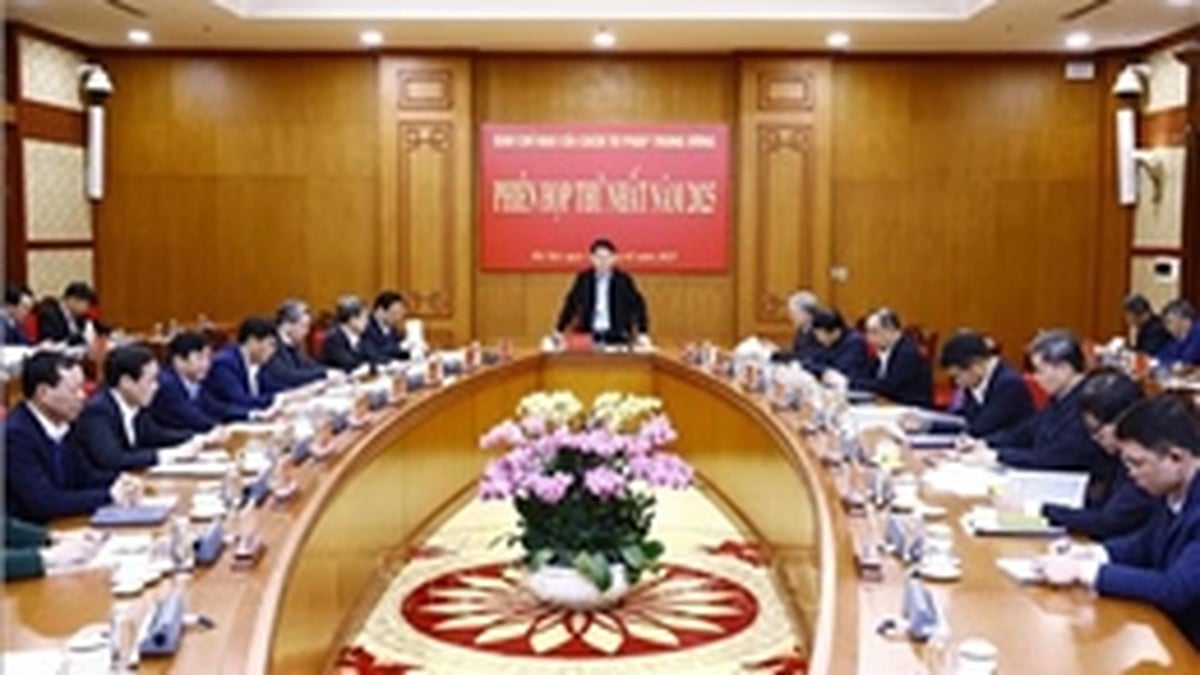
















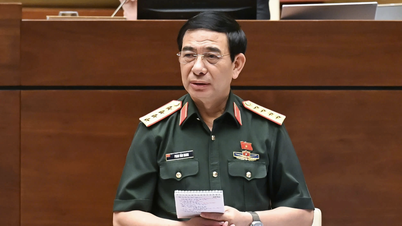

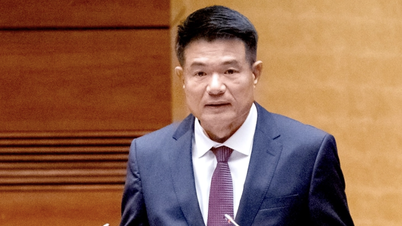
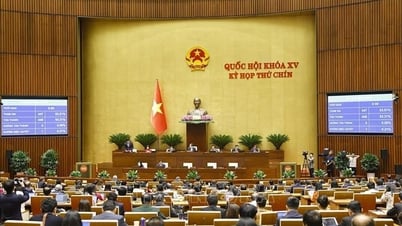

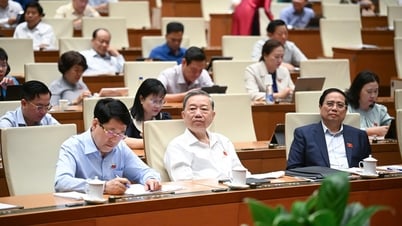




































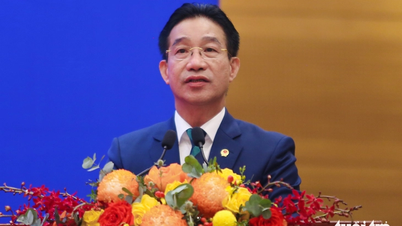

































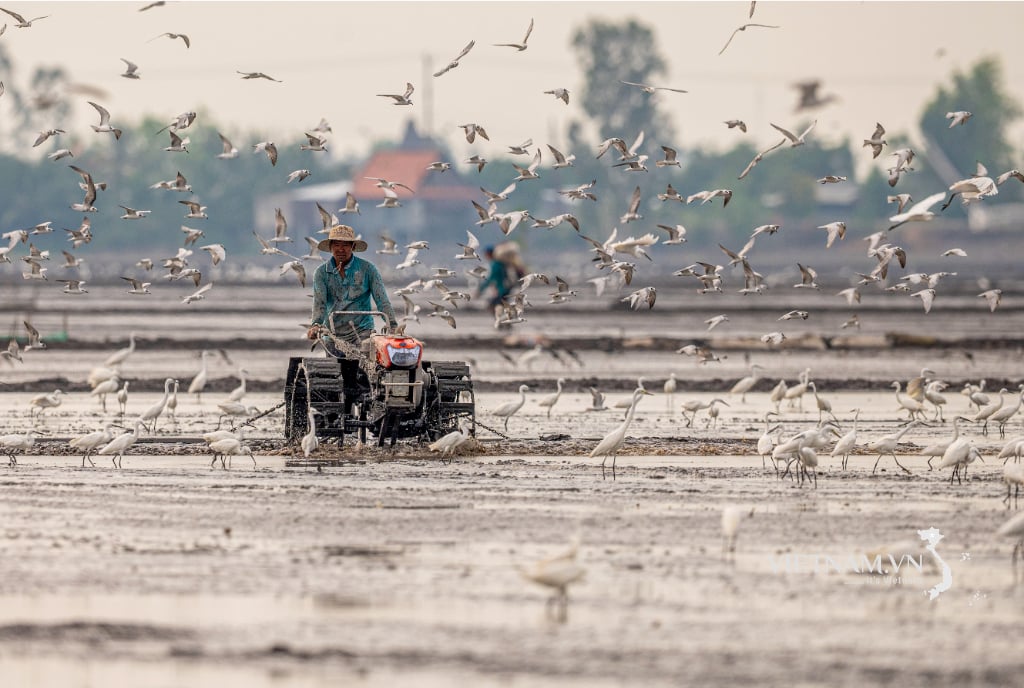
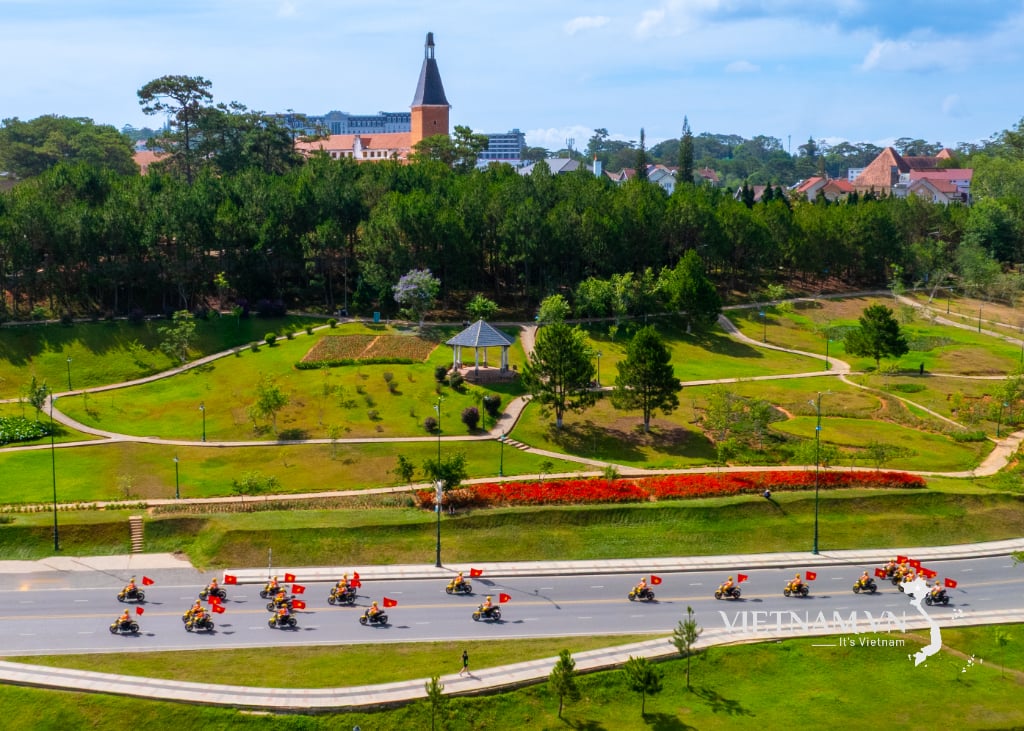

Comment (0)